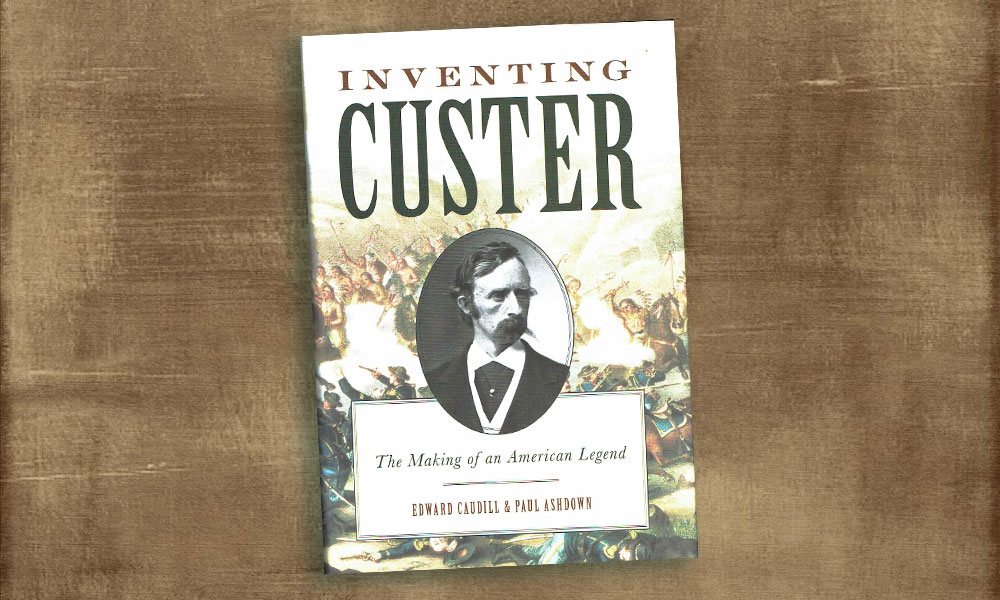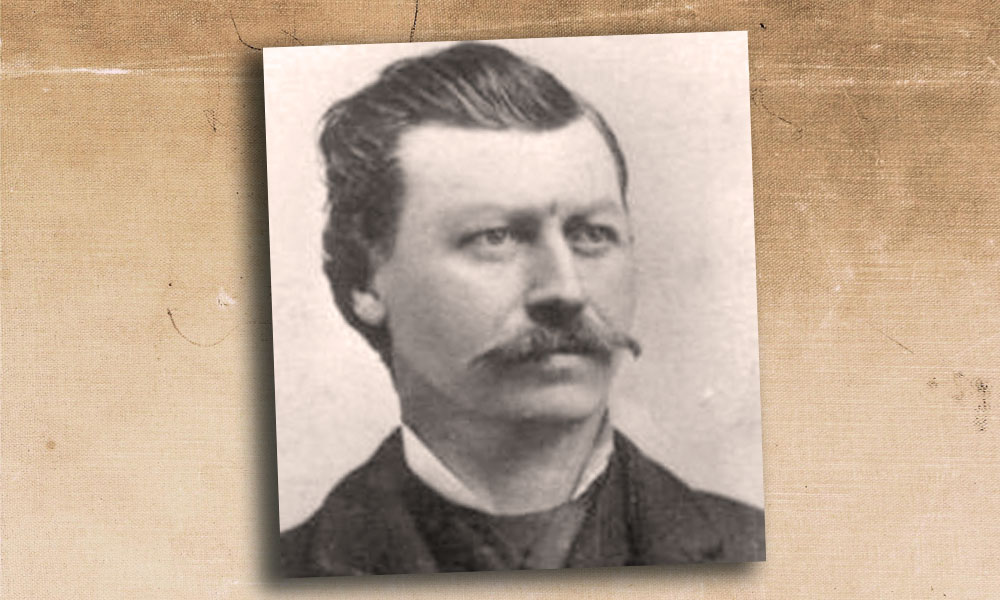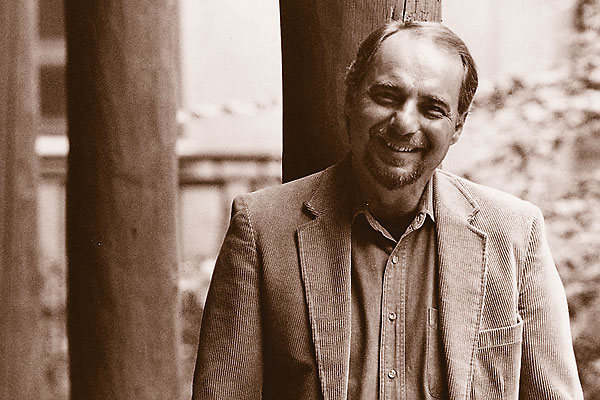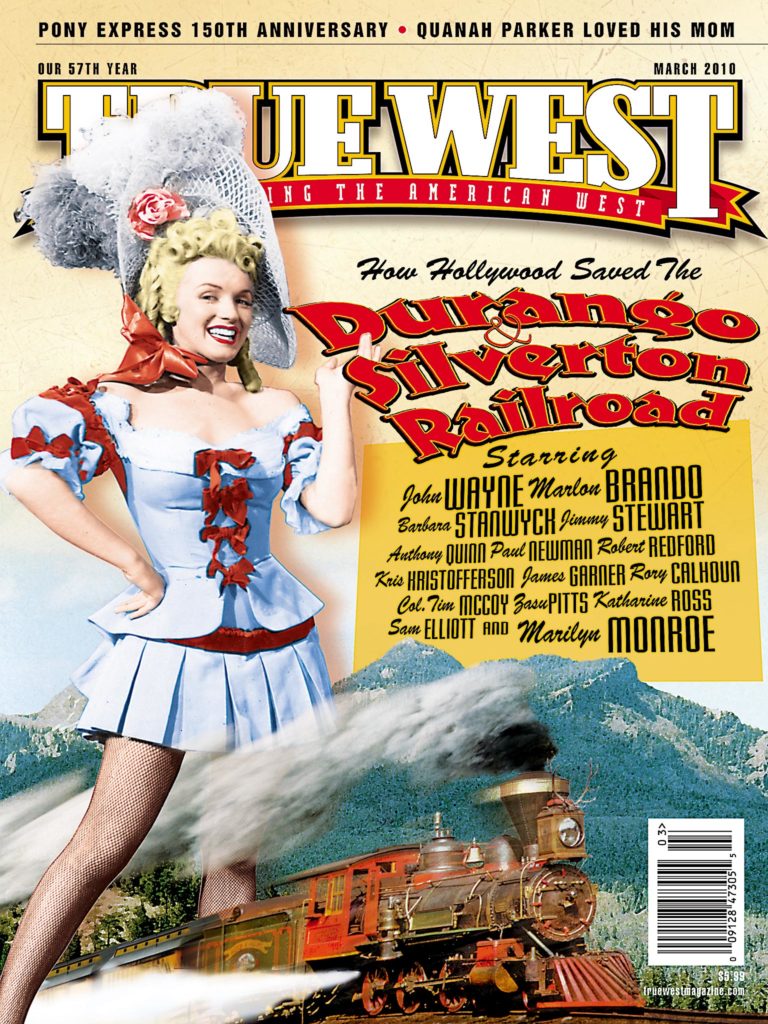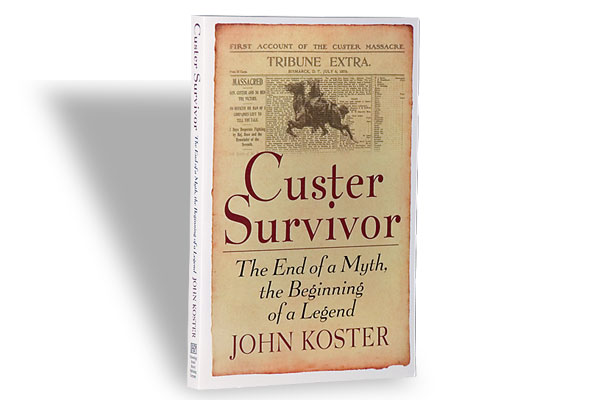
CUSTER SURVIVOR: Sergeant August Finckle, Company C, 7th Cavalry, died at the Little Bighorn on June 25, 1876—or didn’t, if his real name was Frank Finkel and he falsified his birthplace and age when he enlisted in 1872.
Official histories list Finckle as K.I.A. (killed in action), but Frank Finkel lived to the ripe old age of 76, dying in 1930. He finally broke his silence in 1920 while pitching horseshoes with friends in Dayton, Washington, and told how he came to survive Custer’s Last Stand. It was simple, really. On a wounded horse, twice wounded himself, he escaped from the battlefield and after a ride of several days reached a shack where he was nursed back to health. He kept his secret for fear of being branded a deserter.
A brief flurry of publicity followed the publication of his claims in 1921. By then letters that supposedly confirmed his story had been lost in a fire—a convenient fire, skeptics would say. After all, Finkel did not attend the big 50th anniversary commemoration in 1926, where soldiers were present who remembered Sgt. Finckle. But John Koster, relying mostly on an analysis of Frank Finkel’s signature, argues in Custer’s Survivor (Chronology Books, $16.95) that among the scores of fake sole survivors of Custer’s Last Stand, he was the real McCoy.
In order to make the case for Finkel, Koster has to show that he was a liar. He lied when he enlisted, and when he dished up “self-serving hokum” to explain his failure to report to military authorities after the battle. Why, then, believe he told the truth in 1920? The answer lies in an intriguing paradox: because there were no survivors of Custer’s Last Stand, we can never be sure there were no survivors. —Brian W. Dippie, author of Custer’s Last Stand: The Anatomy of an American Myth


